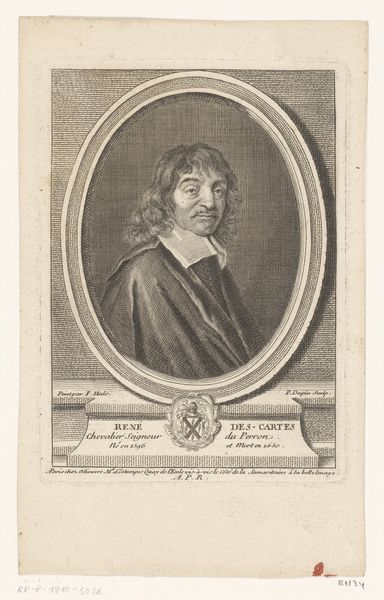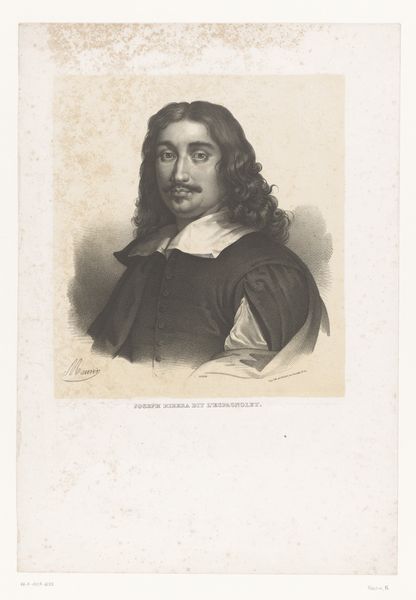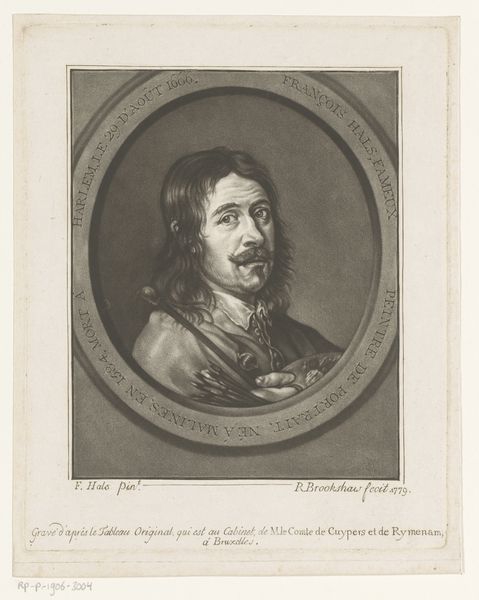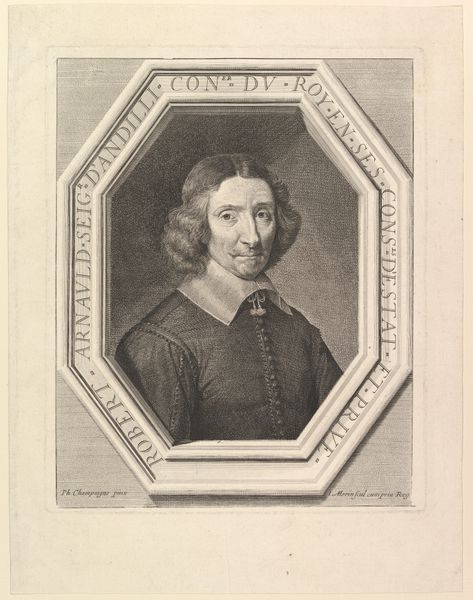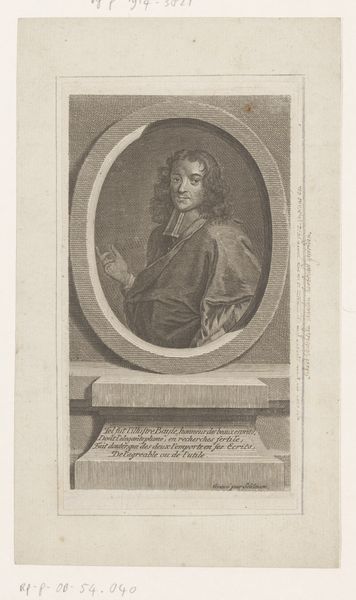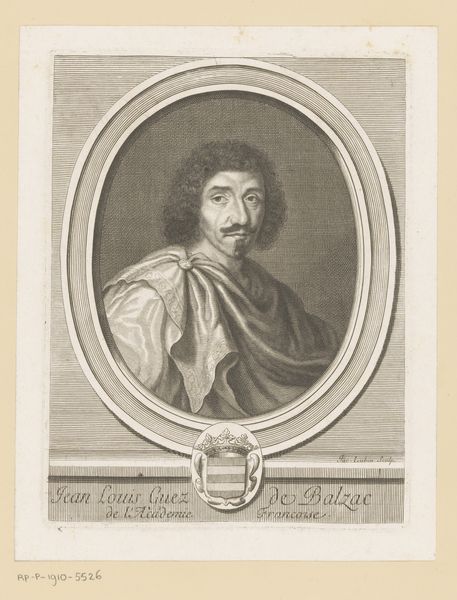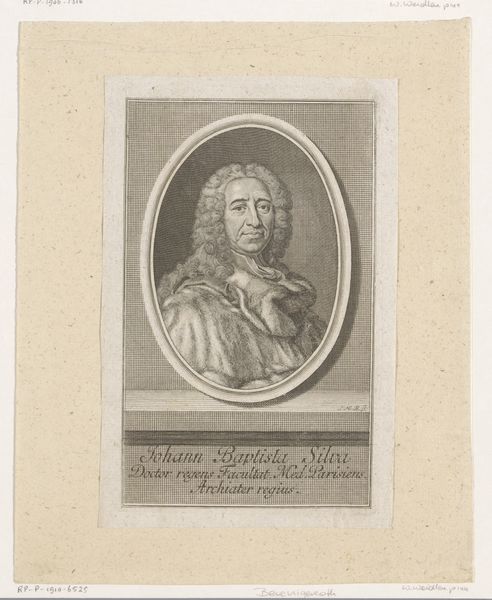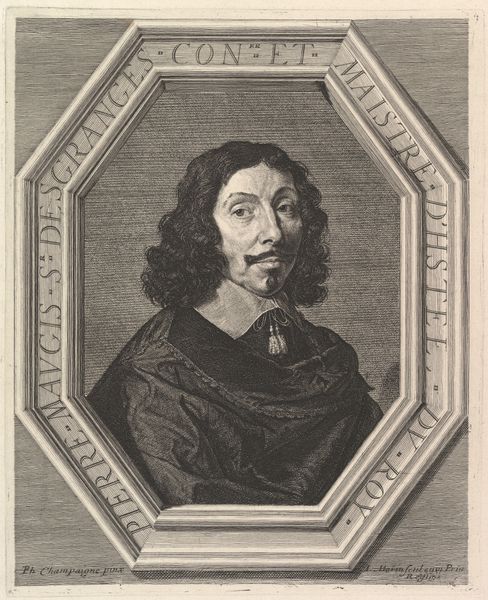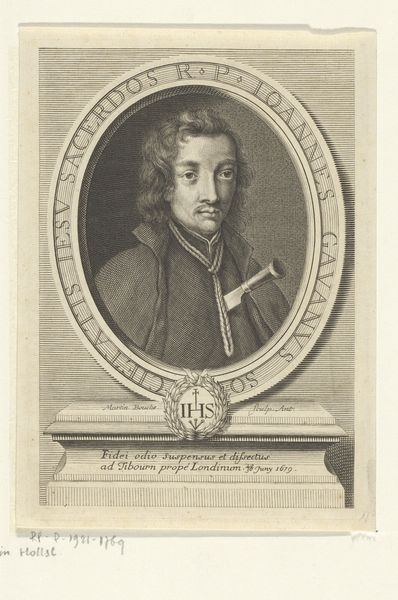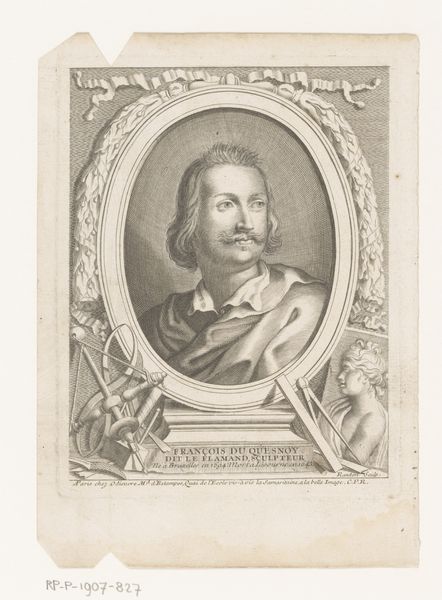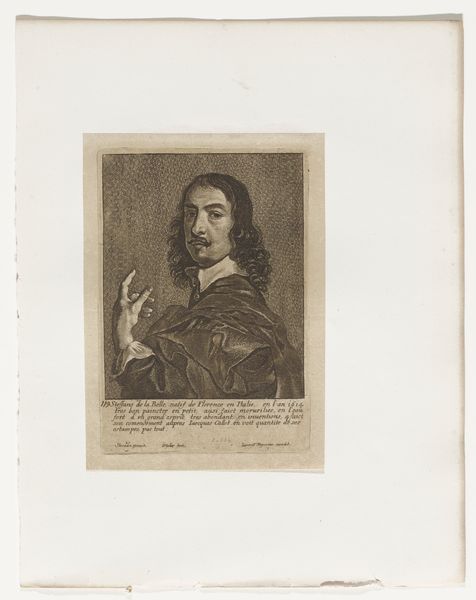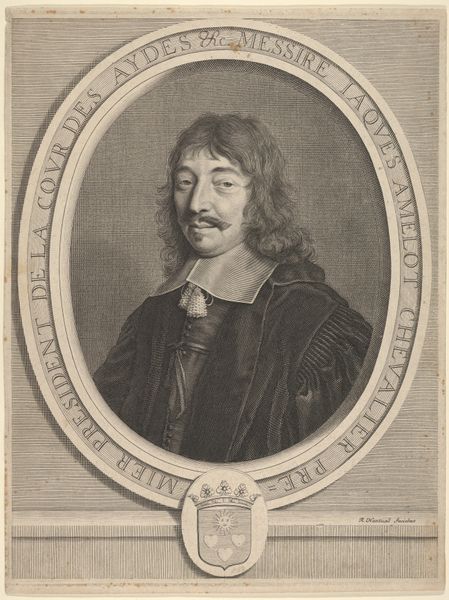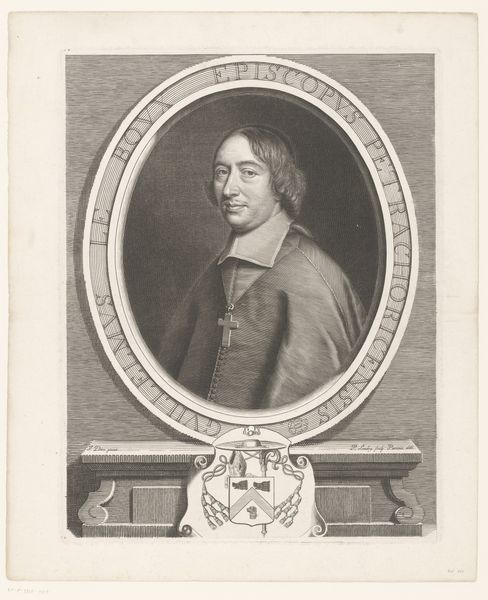
engraving
#
portrait
#
baroque
#
history-painting
#
engraving
Dimensions: height 253 mm, width 197 mm
Copyright: Rijks Museum: Open Domain
This is Jacques Lubin's portrait of Pierre Seguier, Chancellor of France, dating back to the 17th century. It was made using engraving, a printmaking technique that was at the time, both cutting edge and deeply connected to the traditions of craftsmanship. The magic of engraving lies in its precision. Look closely, and you'll see the network of fine lines etched into the metal plate, a testament to the engraver's skill. Each stroke demanded careful control, resulting in a range of textures and tones that bring Seguier to life on paper. The tools, like burins and scrapers, became extensions of the artist's hand, capable of capturing every subtle detail of the Chancellor's likeness. Engraving played a vital role in disseminating information, shaping public opinion and solidifying power. This portrait would have circulated widely, bolstering Seguier's image as a figure of authority. In understanding the process, we recognize the intersection of labor, politics, and aesthetics, blurring the lines between fine art and craft.
Comments
No comments
Be the first to comment and join the conversation on the ultimate creative platform.
